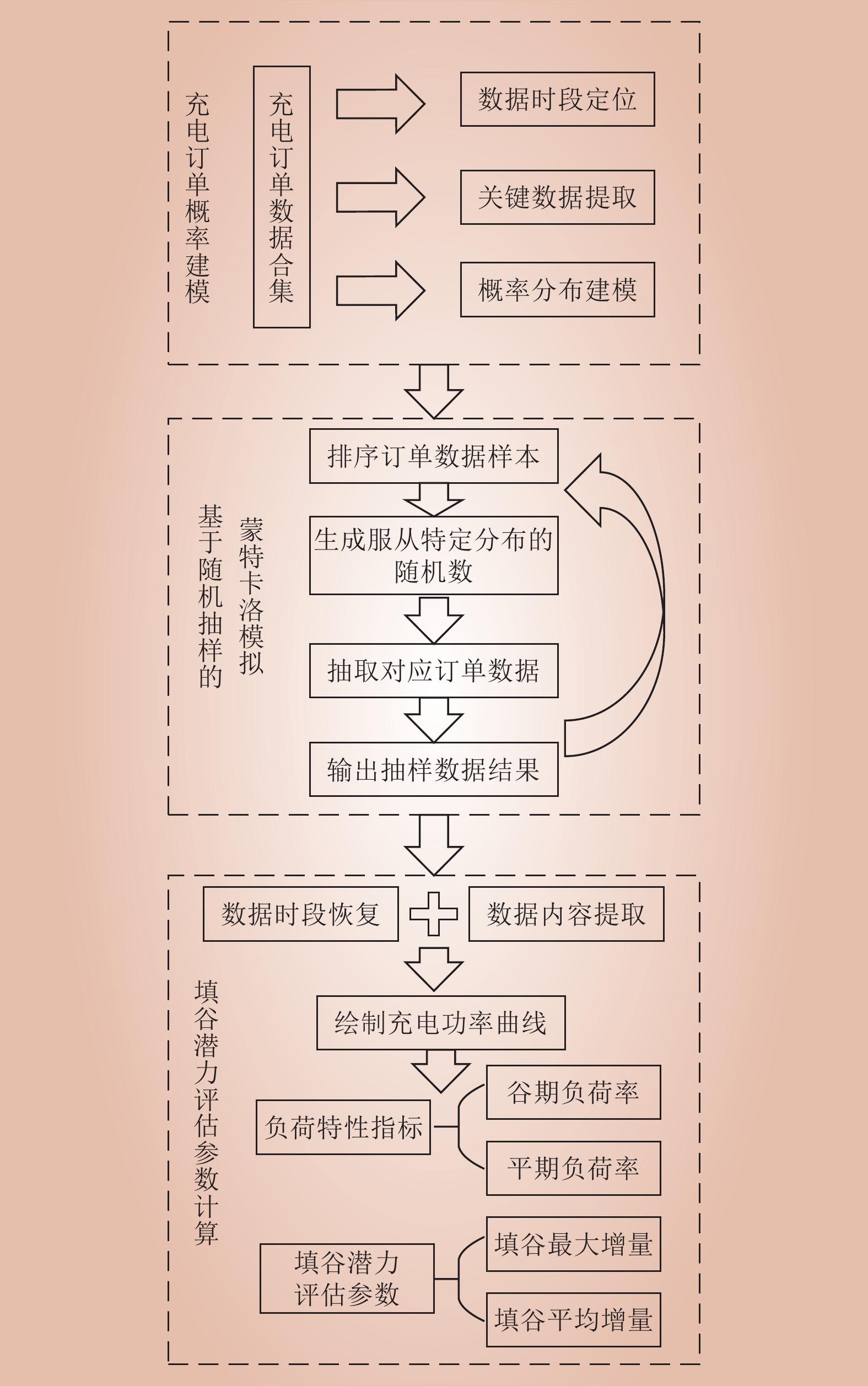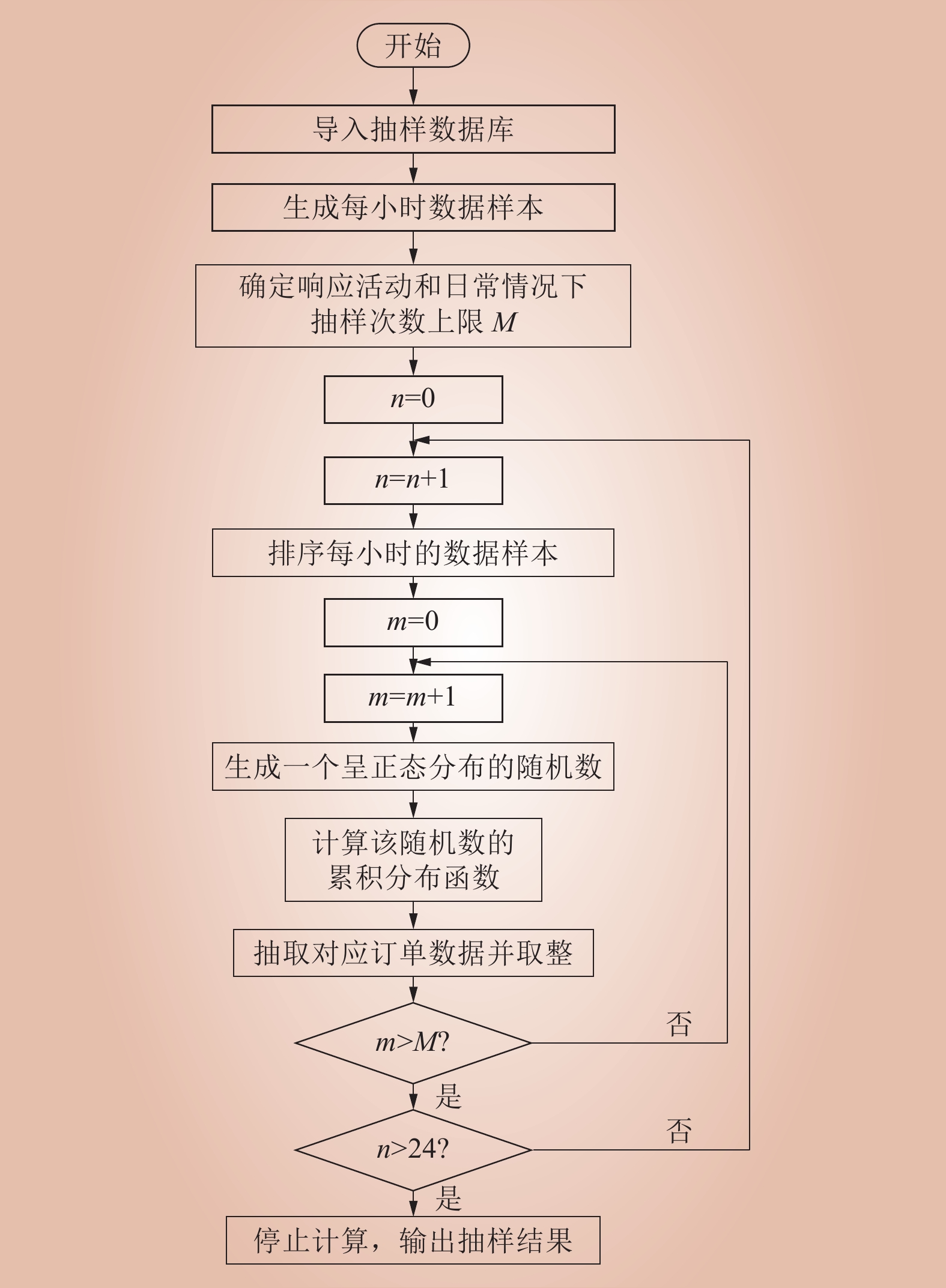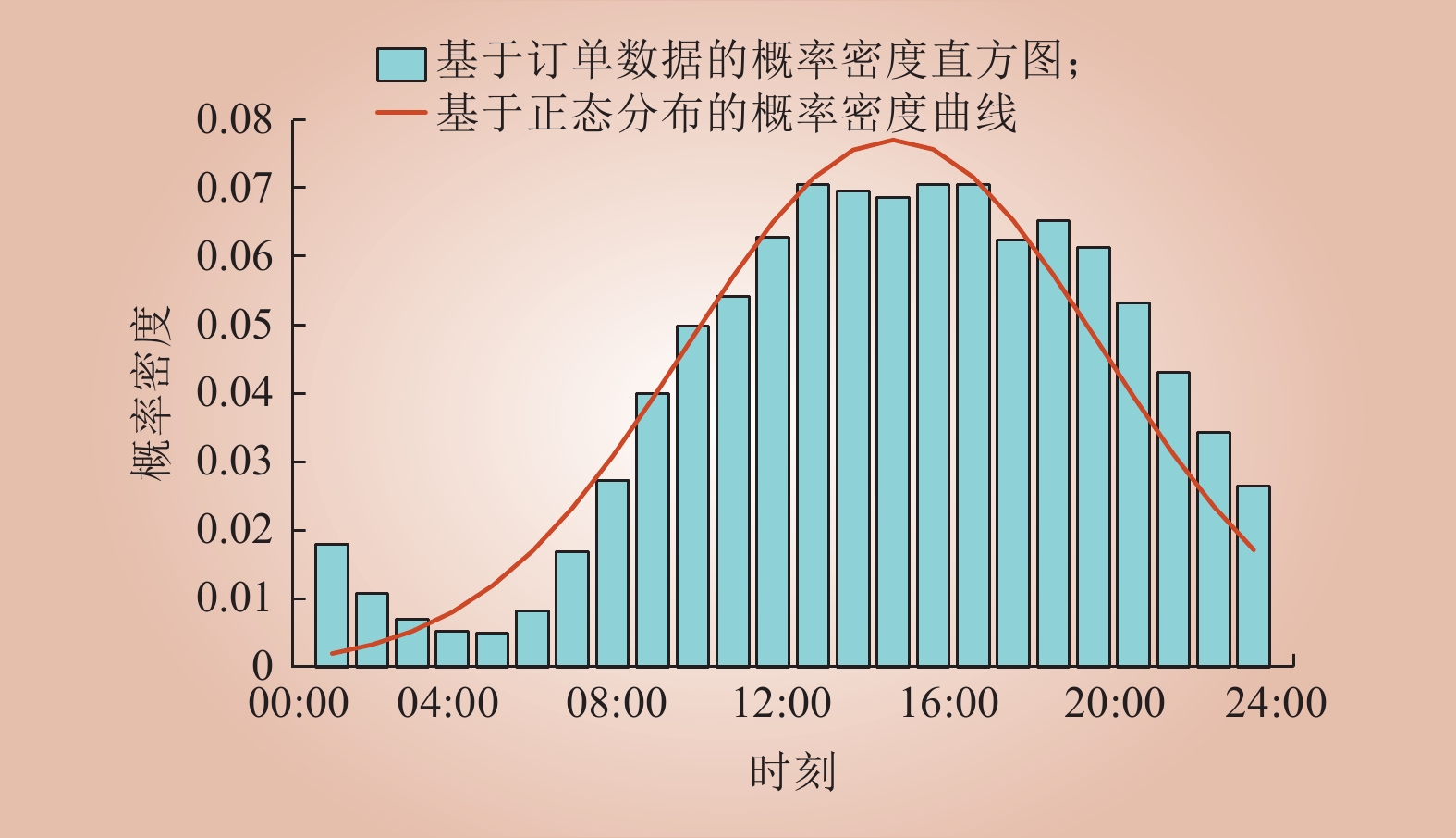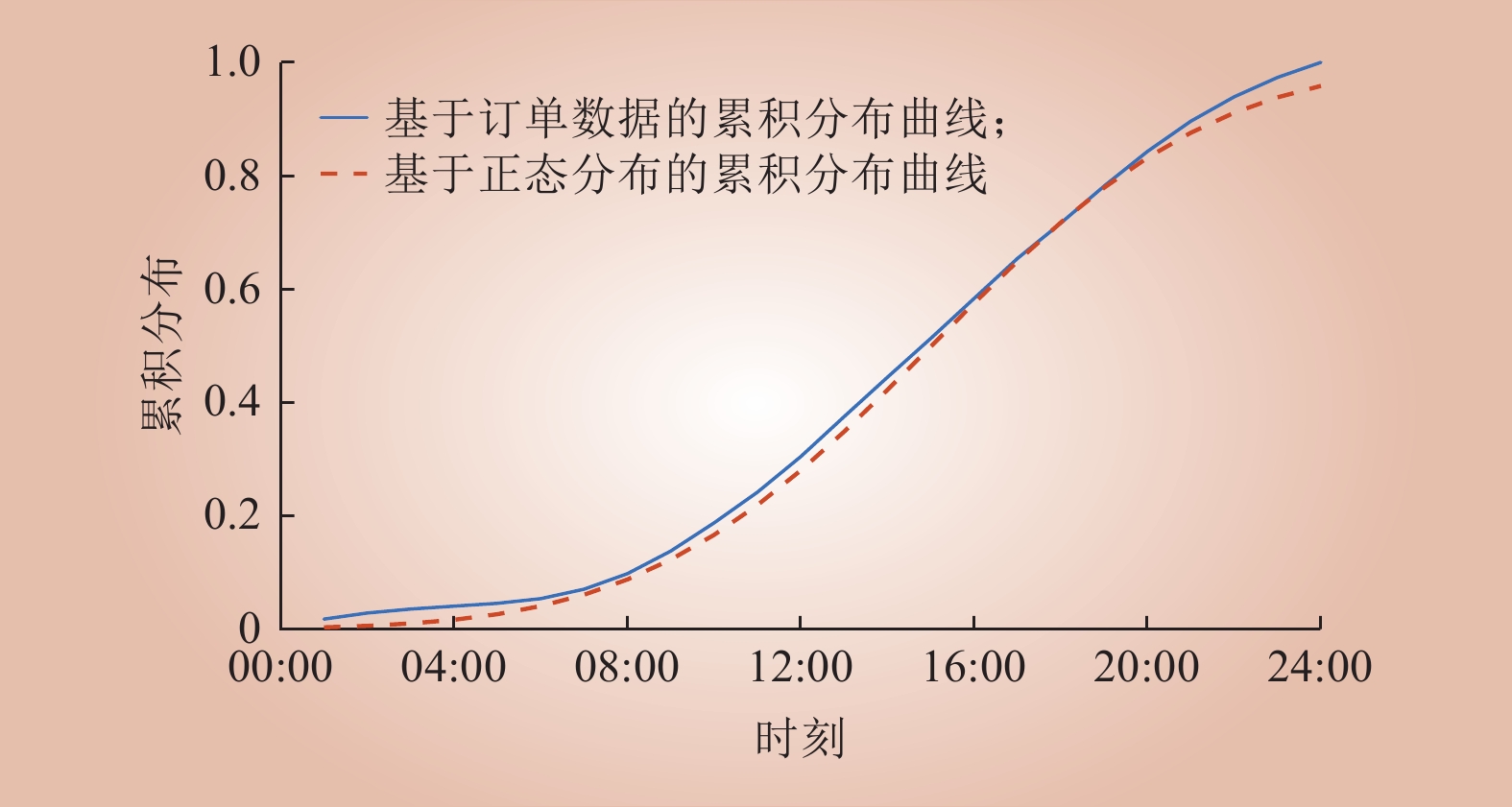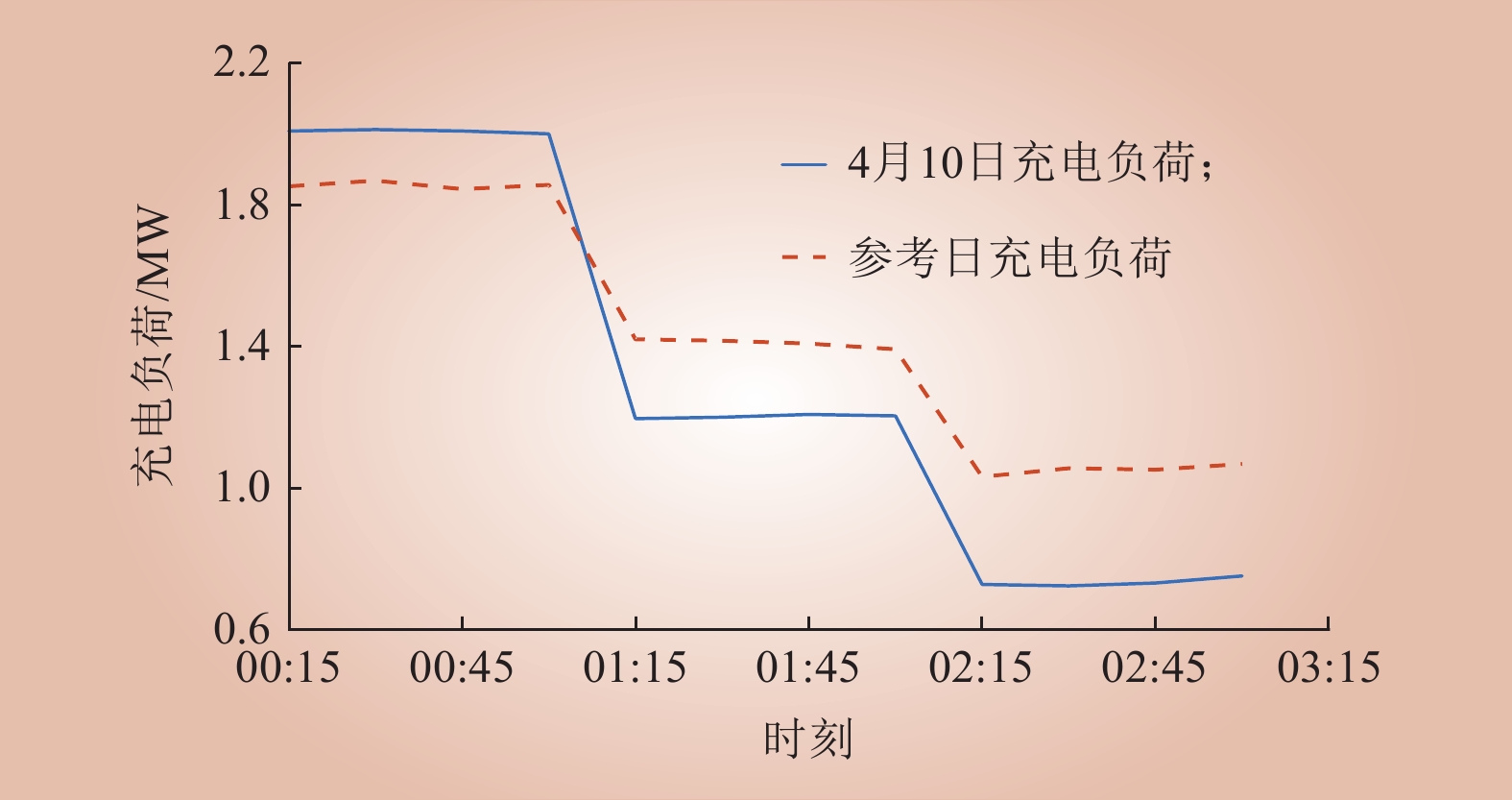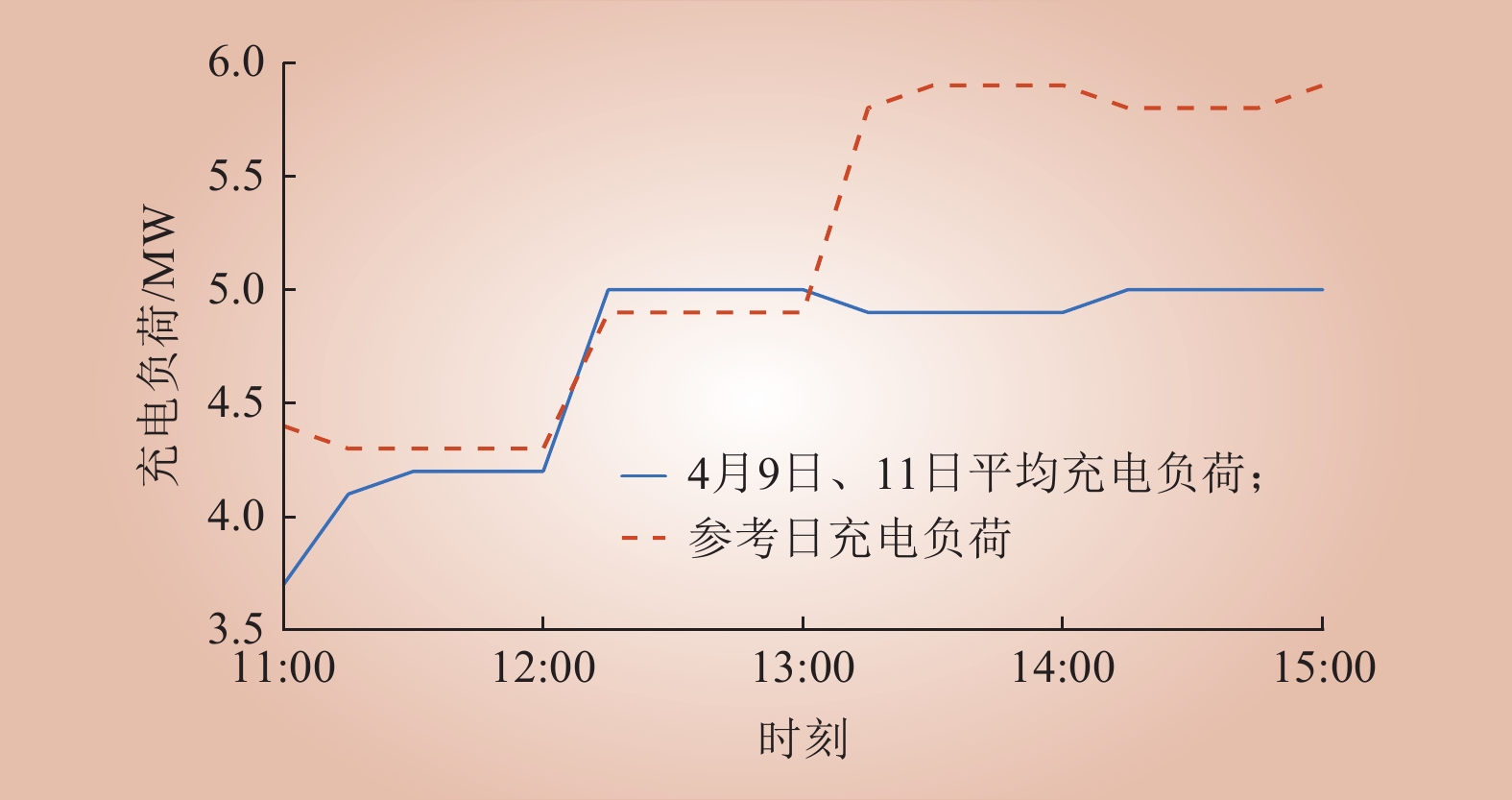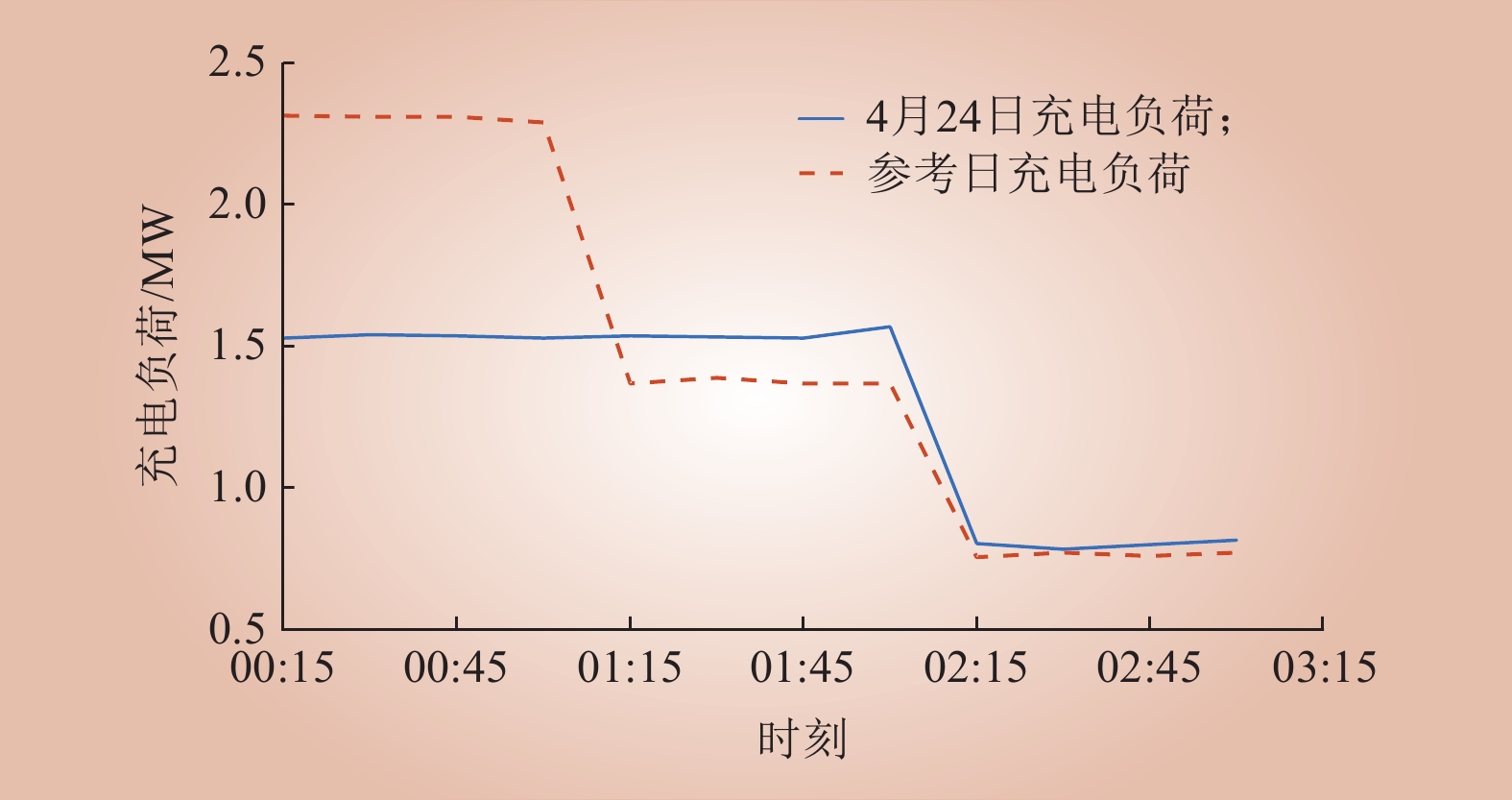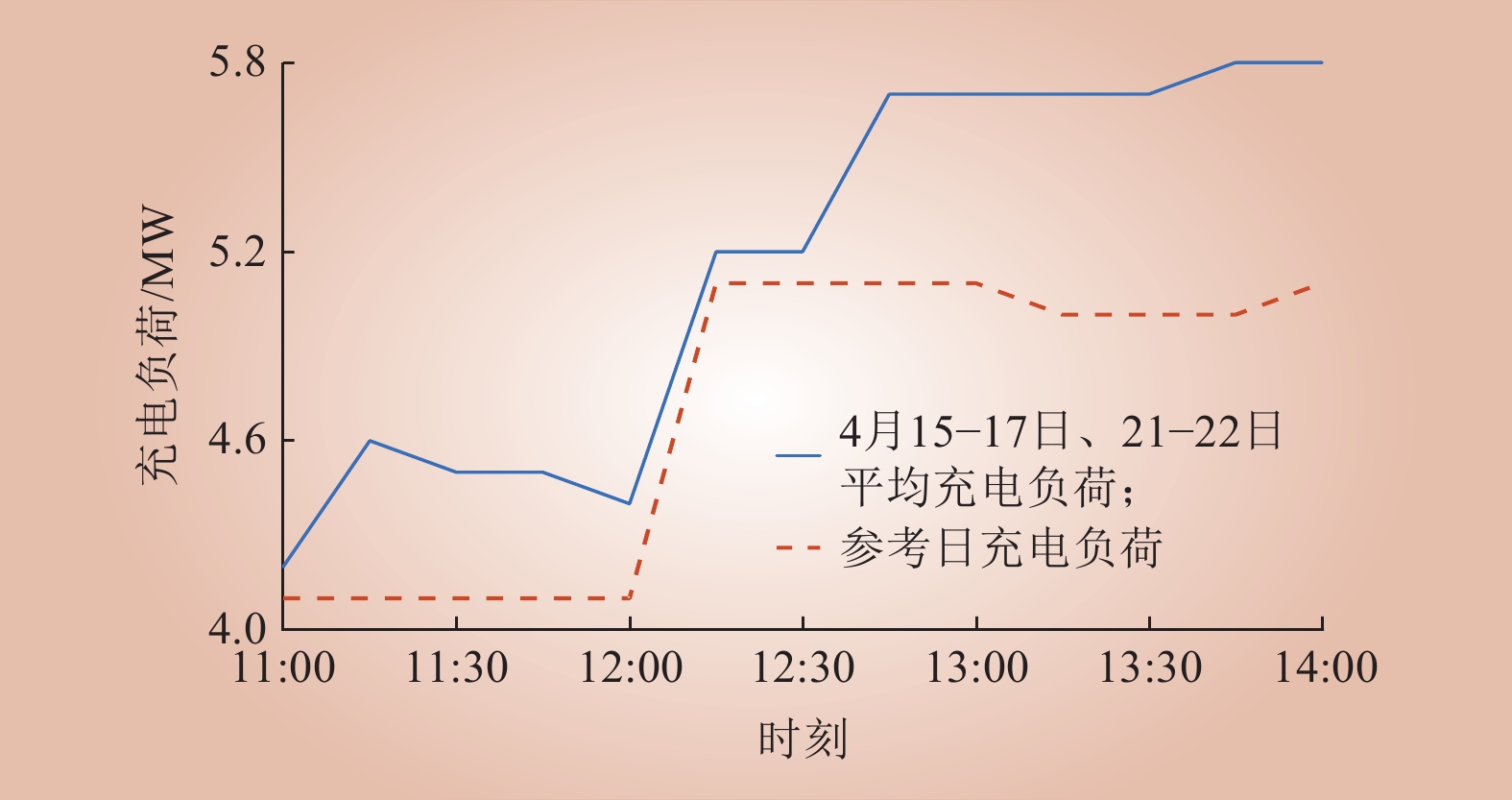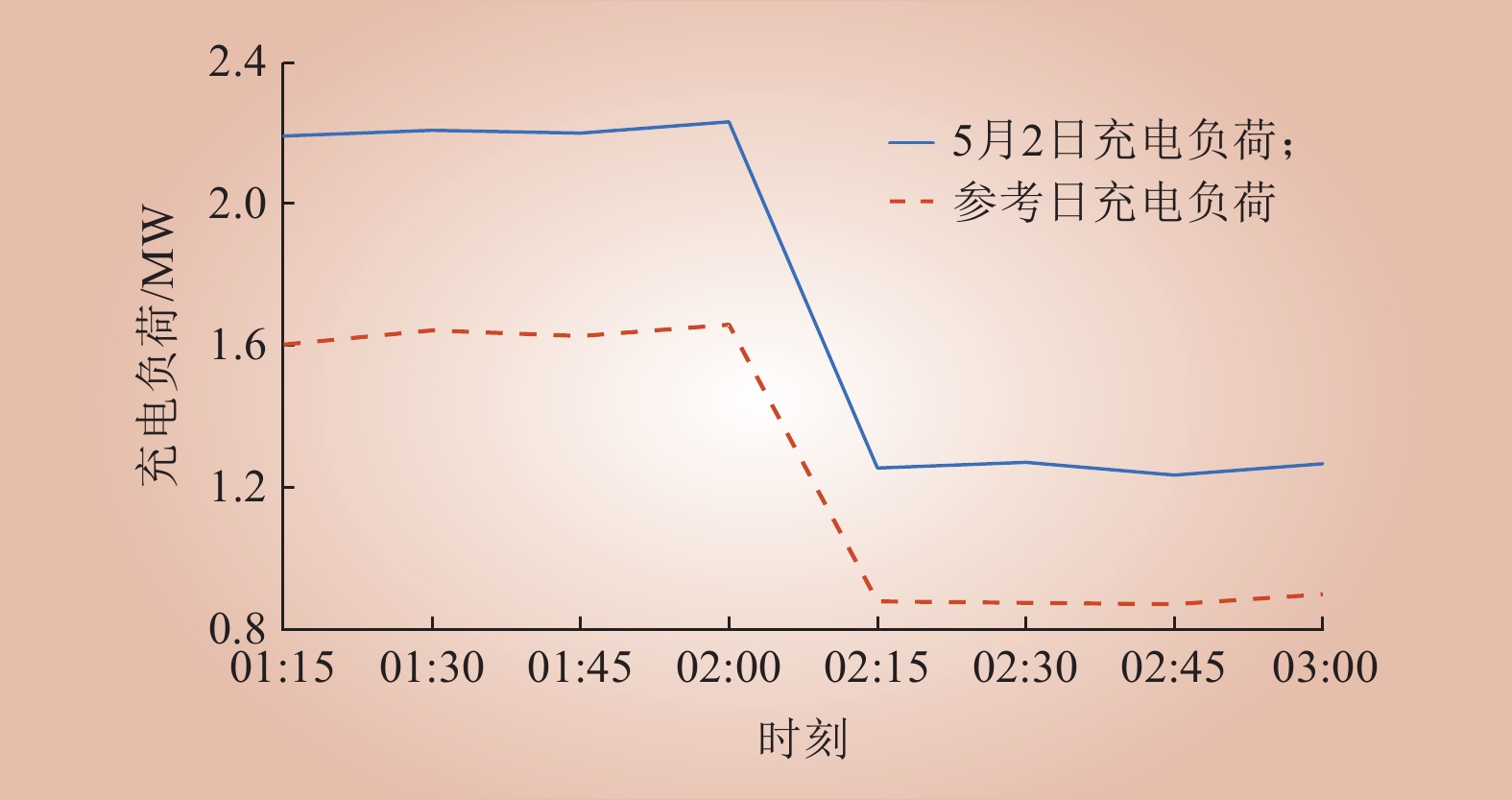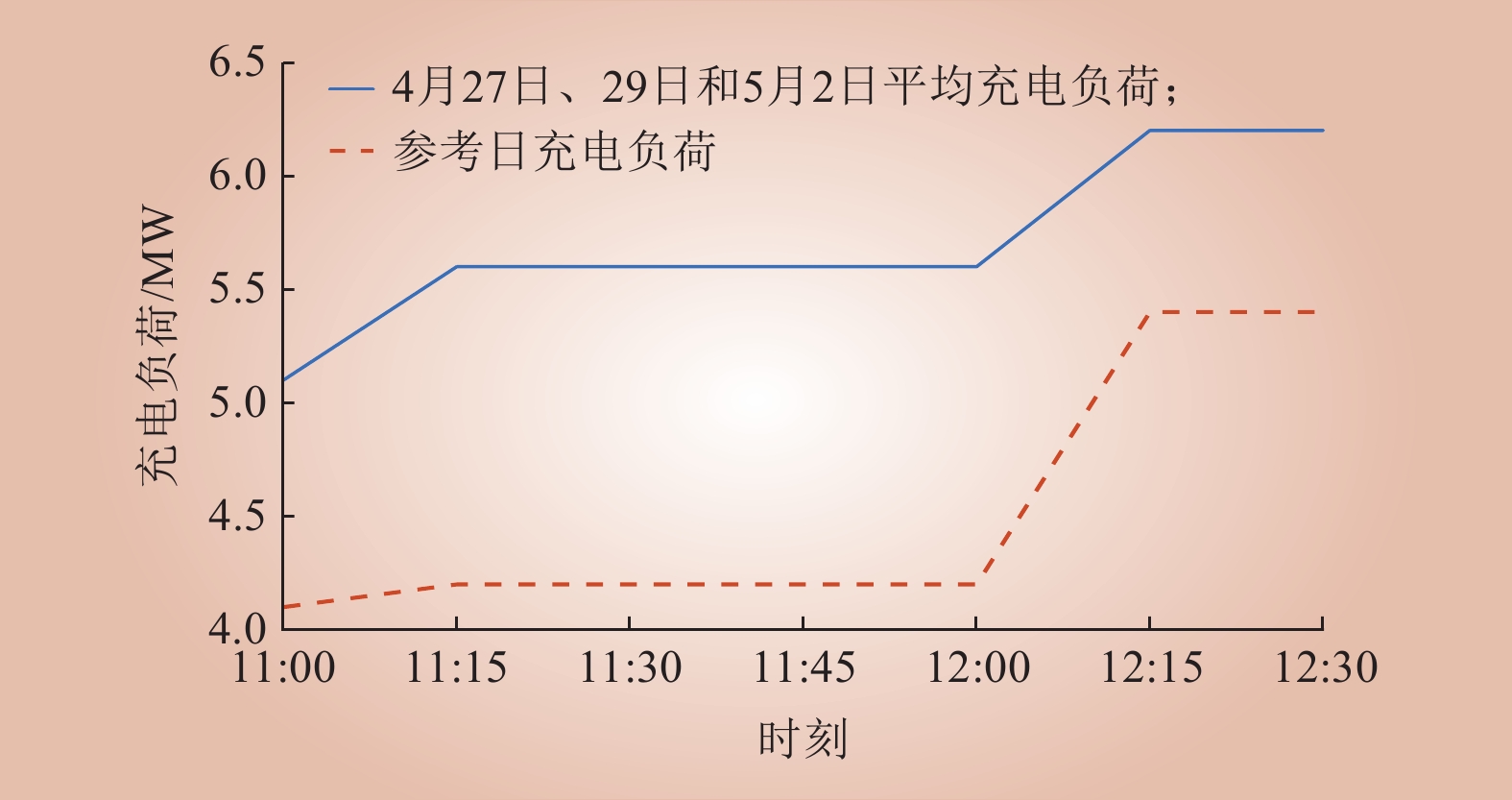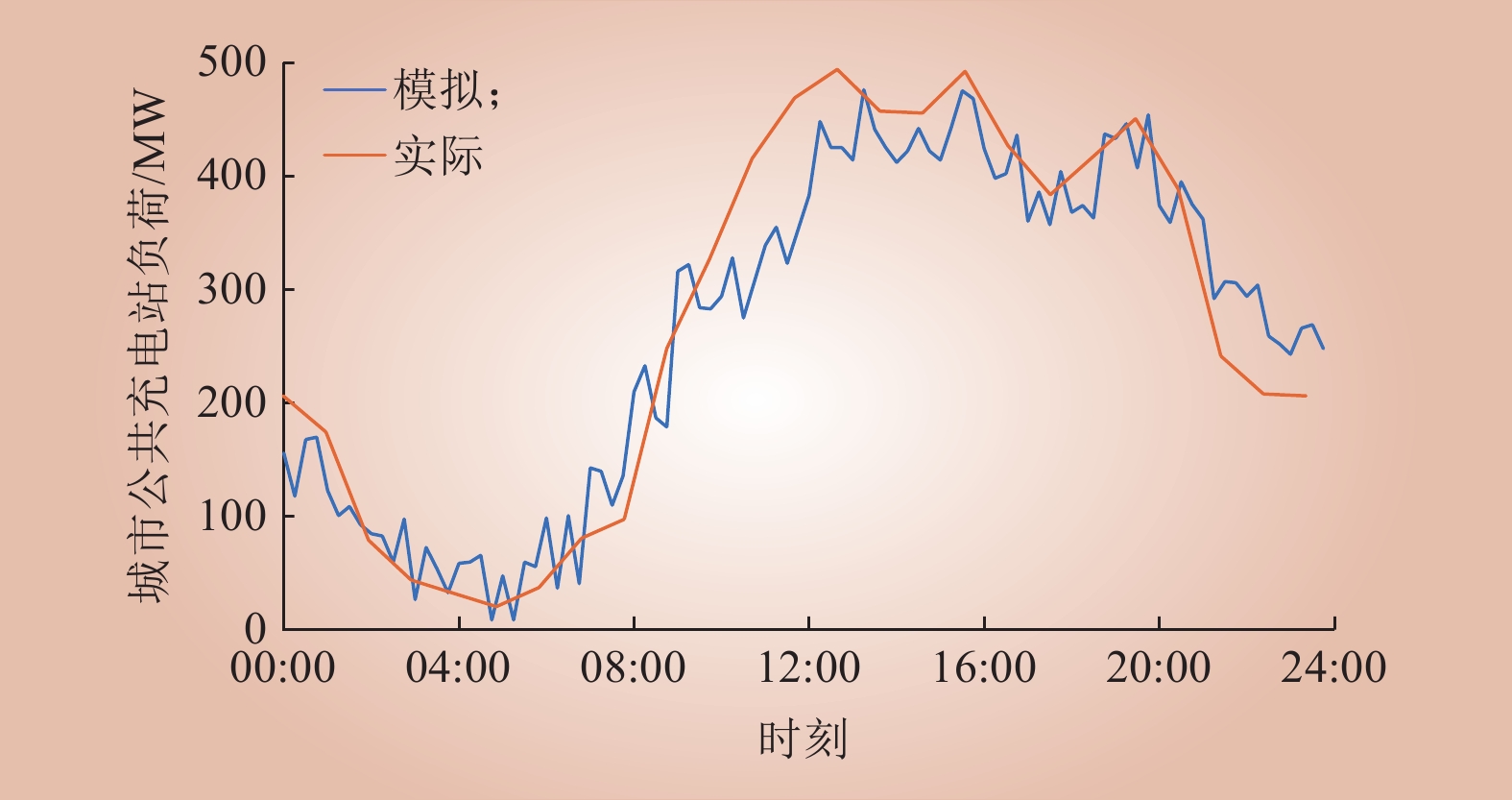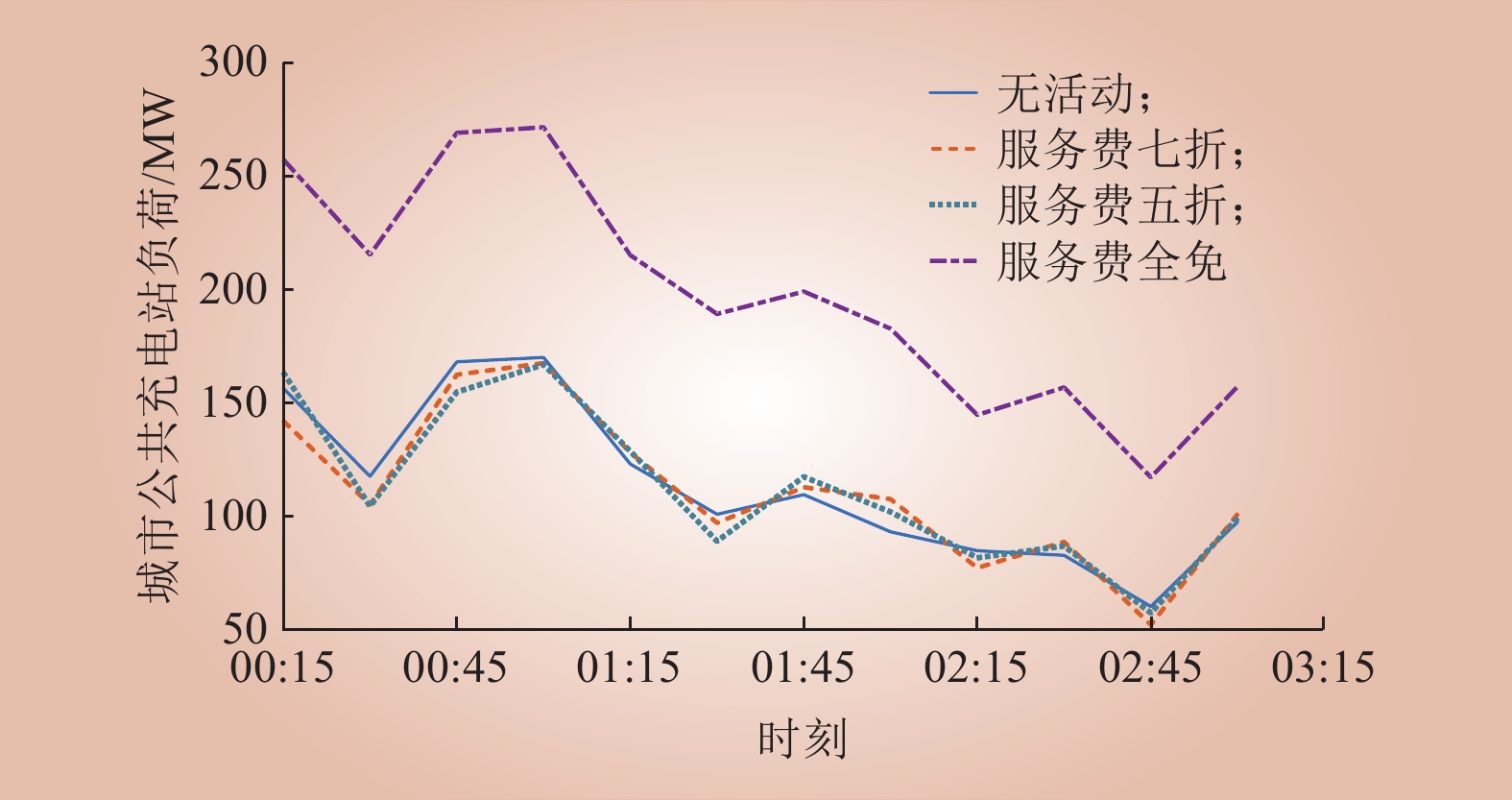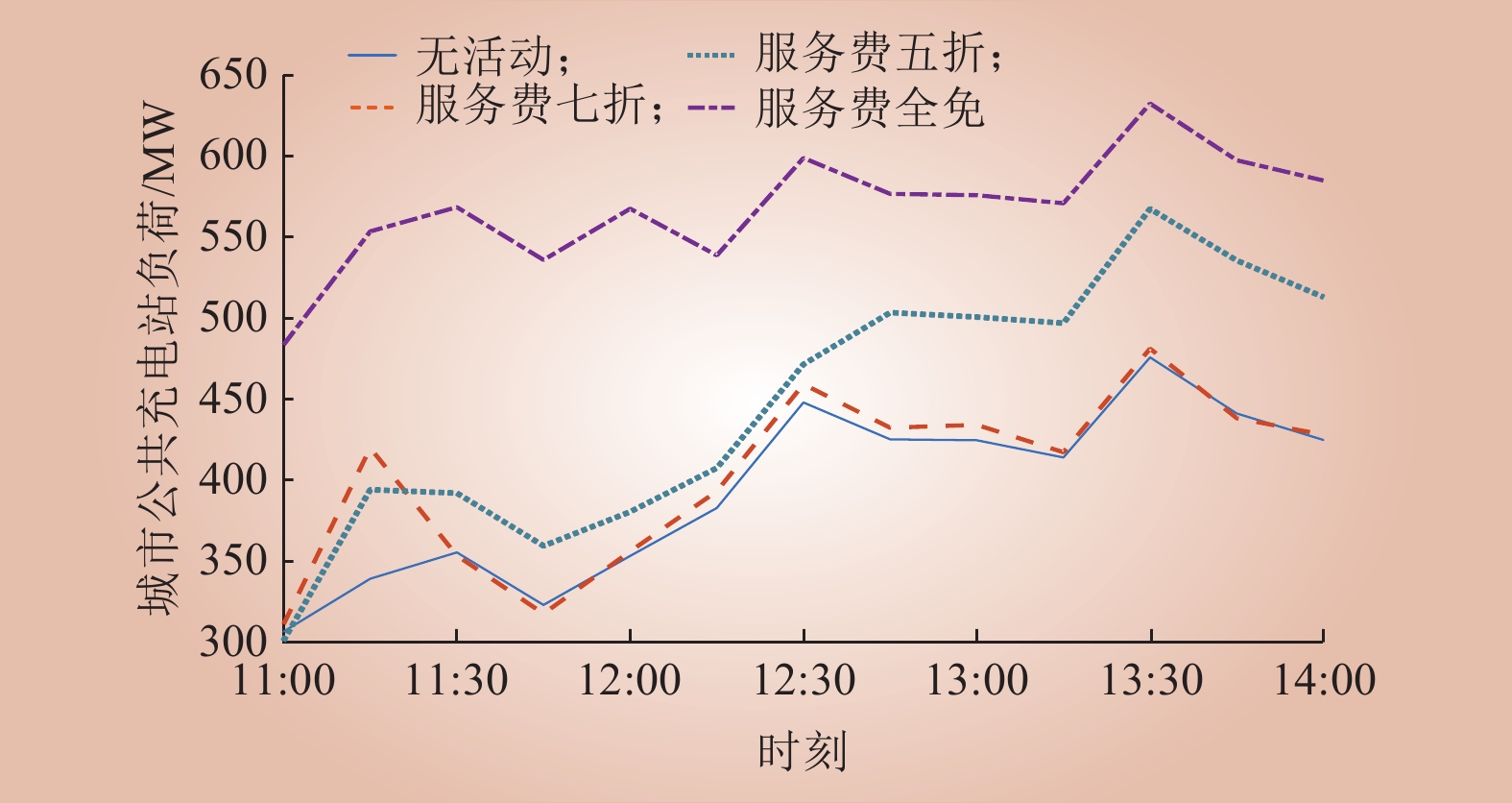| 1 |
白泽洋, 巨健, 姜炎君, 等. 电动汽车参与电网调峰的关键技术研究综述[J]. 电力需求侧管理, 2022, 24 (6): 25- 31.
|
|
BAI Zeyang, JU Jian, JIANG Yanjun, et al. Key technologies of electric vehicles participating in power grid peak shaving[J]. Power Demand Side Management, 2022, 24 (6): 25- 31.
|
| 2 |
史沛然, 李彦宾, 江长明, 等. 第三方独立主体参与华北电力调峰市场规则设计与实践[J]. 电力系统自动化, 2021, 45 (5): 168- 174.
DOI
|
|
SHI Peiran, LI Yanbin, JIANG Changming, et al. Rule design and practice for third-party independent entities participating in electric power peak regulation auxiliary service market of North China[J]. Automation of Electric Power Systems, 2021, 45 (5): 168- 174.
DOI
|
| 3 |
程宏波, 罗通, 康琛, 等. 电动汽车代理商参与需求响应的多层博弈竞标模型[J]. 电工电能新技术, 2020, 39 (2): 46- 56.
|
|
CHENG Hongbo, LUO Tong, KANG Chen, et al. Multi-layer game bidding model for electric vehicle aggregators participating in demand response[J]. Advanced Technology of Electrical Engineering and Energy, 2020, 39 (2): 46- 56.
|
| 4 |
卢艺, 梁俊文, 程韧俐, 等. 考虑光伏和电动汽车不确定性的配电网鲁棒经济调度[J]. 电工电能新技术, 2018, 37 (9): 42- 50.
|
|
LU Yi, LIANG Junwen, CHENG Renli, et al. Robust economic dispatching of distribution network including photovoltaic and electric vehicles[J]. Advanced Technology of Electrical Engineering and Energy, 2018, 37 (9): 42- 50.
|
| 5 |
张俊成, 黎敏, 刘志文, 等. 基于改进交替方向乘子法的配电网柔性负荷分层集群调控方法[J]. 中国电力, 2024, 57 (1): 140- 147.
|
|
ZHANG Juncheng, LI Min, LIU Zhiwen, et al. Hierarchical cluster control method for flexible load in distribution network based on improved alternating direction multiplier method[J]. Electric Power, 2024, 57 (1): 140- 147.
|
| 6 |
裴振坤, 王学梅, 康龙云. 电动汽车参与电网辅助服务的控制策略综述[J]. 电力系统自动化, 2023, 47 (18): 17- 32.
|
|
PEI Zhenkun, WANG Xuemei, KANG Longyun. Review on control strategies for electric vehicles participating in ancillary services of power grid[J]. Automation of Electric Power Systems, 2023, 47 (18): 17- 32.
|
| 7 |
文艺林, 胡泽春, 宁剑, 等. 基于分布鲁棒机会约束的充电运营商参与调峰市场投标策略[J]. 电力系统自动化, 2022, 46 (7): 23- 32.
|
|
WEN Yilin, HU Zechun, NING Jian, et al. Bidding strategy of charging operator participating in peak regulation market based on distributionally robust chance constraint[J]. Automation of Electric Power Systems, 2022, 46 (7): 23- 32.
|
| 8 |
李旭东, 杨烨, 李帆琪, 等. 计及电价不确定性和容量衰减的电动汽车充放电商业模式[J]. 中国电力, 2023, 56 (1): 38- 48.
|
|
LI Xudong, YANG Ye, LI Fanqi, et al. Business models of electric vehicle aggregators considering electricity price uncertainty and capacity decay[J]. Electric Power, 2023, 56 (1): 38- 48.
|
| 9 |
许珊, 李扬. 引导电动汽车有序充放电的峰谷电价时段优化模型[J]. 电力需求侧管理, 2023, 47 (5): 1950- 1961.
|
|
GUO Haoran, LIU Yang, XU Lixiong, et al. Recognition of demand response potential resident users based on multi-source heterogeneous data association rule analysis[J]. Power System Technology, 2023, 47 (5): 1950- 1961.
|
| 10 |
周星月, 黄向敏, 张勇军, 等. 基于需求响应潜力模糊评估的电动汽车实时调控优化模型[J]. 电力自动化设备, 2022, 42 (10): 30- 37.
|
|
ZHOU Xingyue, HUANG Xiangmin, ZHANG Yongjun, et al. Real-time scheduling and optimization model of electric vehicles based on fuzzy evaluation of demand response potential[J]. Electric Power Automation Equipment, 2022, 42 (10): 30- 37.
|
| 11 |
侯慧, 何梓姻, 侯婷婷, 等. 大规模车网互动需求响应策略及潜力评估综述[J]. 电力系统保护与控制, 2024, 52 (14): 177- 187.
|
|
HOU Hui , HE Ziyin, HOU Tingting, et al. A review of demand response strategies and potential evaluation for large-scale vehicle to grid[J]. Power System Protection and Control, 2024, 52 (14): 177- 187.
|
| 12 |
雷翔胜, 伍子东, 董萍, 等. 基于两阶段聚类分析的用电需求响应潜力评估方法[J]. 南方能源建设, 2020, 7 (增刊2): 1- 10.
|
| 13 |
宋美琴, 王俐英, 曾鸣. 基于用电行为特征的工业用户需求响应潜力研究[J]. 电力科学与工程, 2023, 39 (2): 1- 7.
|
|
SONG Meiqin, WANG Liying, ZENG Ming. Research on demand response potential of industrial users based on electricity consumption behavior characteristics[J]. Electric Power Science and Engineering, 2023, 39 (2): 1- 7.
|
| 14 |
任炳俐, 张振高, 王学军, 等. 基于用电采集数据的需求响应削峰潜力评估方法[J]. 电力建设, 2016, 37 (11): 64- 70.
DOI
|
|
REN Bingli, ZHANG Zhengao, WANG Xuejun, et al. Assessment method of demand response peak shaving potential based on metered load data[J]. Electric Power Construction, 2016, 37 (11): 64- 70.
DOI
|
| 15 |
吴迪, 王韵楚, 郁春雷, 等. 基于高斯过程回归的工业用户需求响应潜力评估方法[J]. 电力自动化设备, 2022, 42 (7): 94- 101.
|
|
WU Di, WANG Yunchu, YU Chunlei, et al. Demand response potential evaluation method of industrial users based on Gaussian process regression[J]. Electric Power Automation Equipment, 2022, 42 (7): 94- 101.
|
| 16 |
孔祥玉, 刘超, 王成山, 等. 基于深度子领域自适应的需求响应潜力评估方法[J]. 中国电机工程学报, 2022, 42 (16): 5786- 5797, 6156.
|
|
KONG Xiangyu, LIU Chao, WANG Chengshan, et al. Demand response potential assessment method based on deep subdomain adaptation network[J]. Proceedings of the CSEE, 2022, 42 (16): 5786- 5797, 6156.
|
| 17 |
李亚平, 王珂, 郭晓蕊, 等. 基于多场景评估的区域电网需求响应潜力[J]. 电网与清洁能源, 2015, 31 (7): 1- 7.
|
|
LI Yaping, WANG Ke, GUO Xiaorui, et al. Demand response potential based on multi-scenarios assessment in regional power system[J]. Power System and Clean Energy, 2015, 31 (7): 1- 7.
|
| 18 |
张若愚, 刘敏, 李震. 基于价格弹性矩阵的用户响应潜力评估方法[J]. 电力科学与工程, 2022, 38 (7): 17- 24.
|
|
ZHANG Ruoyu, LIU Min, LI Zhen. Evaluation method of user response potential based on price elasticity matrix[J]. Electric Power Science and Engineering, 2022, 38 (7): 17- 24.
|
| 19 |
钱甜甜, 李亚平, 郭晓蕊, 等. 基于时空活动模型的电动汽车充电功率计算和需求响应潜力评估[J]. 电力系统保护与控制, 2018, 46 (23): 127- 134.
|
|
QIAN Tiantian, LI Yaping, GUO Xiaorui, et al. Calculation of electric vehicle charging power and evaluation of demand response potential based on spatial and temporal activity model[J]. Power System Protection and Control, 2018, 46 (23): 127- 134.
|
| 20 |
刘琦颖, 曲大鹏, 范晋衡, 等. 基于功率调控的充电站削峰潜力评估方法[J]. 机电工程技术, 2022, 51 (5): 74- 77.
|
|
LIU Qiying, QU Dapeng, FAN Jinheng, et al. Evaluation method of peak-shaving potential of charging station based on power regulation[J]. Mechanical & Electrical Engineering Technology, 2022, 51 (5): 74- 77.
|
| 21 |
陈丽丹, 张尧, Antonio FIGUEIREDO. 电动汽车充放电负荷预测研究综述[J]. 电力系统自动化, 2019, 43 (10): 177- 191.
|
|
CHEN Lidan, ZHANG Yao, FIGUEIREDO A. Overview of charging and discharging load forcasting for electric vehicles[J]. Automation of Electric Power Systems, 2019, 43 (10): 177- 191.
|
| 22 |
王庆园, 崔莉, 王明深, 等. 考虑快慢充负荷特性的电动汽车调峰定价策略[J]. 电力工程技术, 2023, 42 (4): 31- 40.
|
|
WANG Qingyuan, CUI Li, WANG Mingshen, et al. Peak load regulation pricing strategy of electric vehicle considering fast and slow charging characteristics[J]. Electric Power Engineering Technology, 2023, 42 (4): 31- 40.
|
| 23 |
范宏, 李嘉晖, 郭琦. 考虑用户充电决策行为的电动汽车充电引导策略[J]. 电力工程技术, 2023, 42 (4): 23- 30.
|
|
FAN Hong, LI Jiahui, GUO Qi. Electric vehicle charging guidance strategy considering user charging decision-making behavior[J]. Electric Power Engineering Technology, 2023, 42 (4): 23- 30.
|
| 24 |
张俊成, 黎敏, 刘志文, 等. 配电网用户侧多类型柔性资源调节能力评估方法[J]. 中国电力, 2023, 56 (9): 96- 103,119.
|
|
ZHANG Juncheng, LI Min, LIU Zhiwen, et al. An evaluation method for multi-type flexible resource regulation capability on the user side of distribution networks[J]. Electric Power, 2023, 56 (9): 96- 103,119.
|


